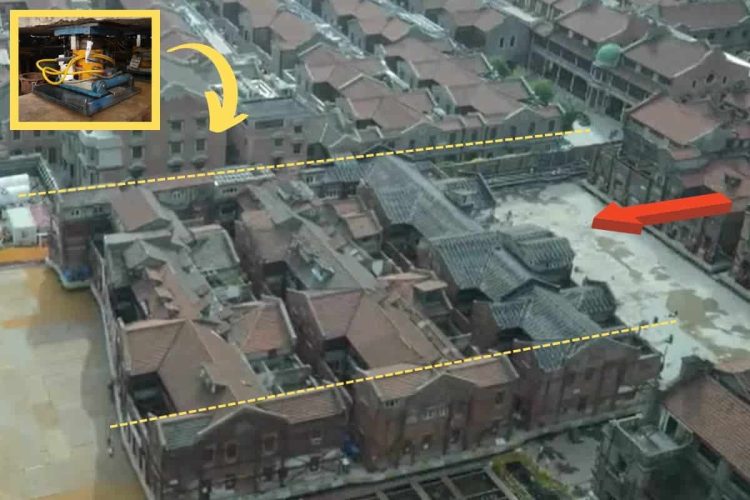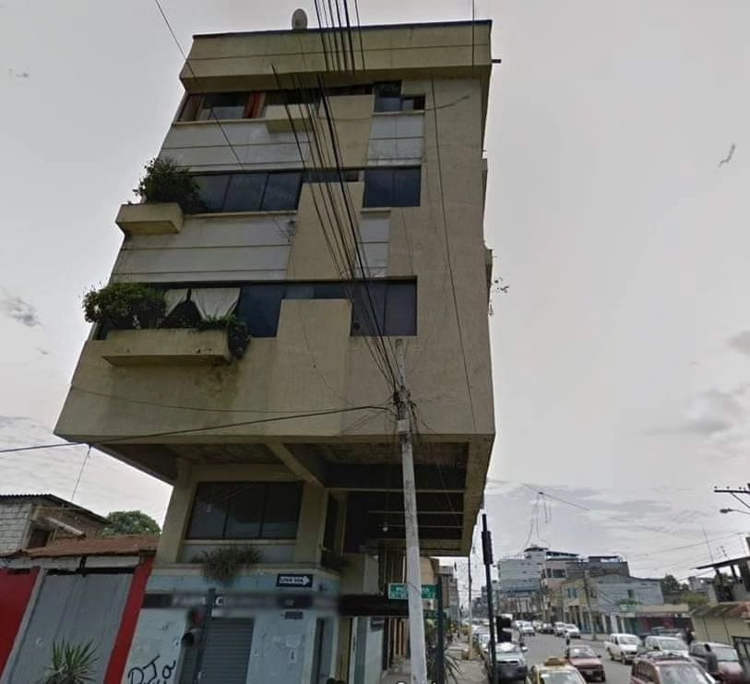A family in Forest Hill, Toronto, has taken their neighbors to court for copying the design of their multi-million dollar house when renovating their property, thus decreasing the value of their own home. They are asking for $2.5 million in damages.
It turns out you can’t just copy design elements of a house you like without suffering the consequences. Barbara Ann and Eric Kirshenblatt learned that the hard way three years ago, when they were taken to court by their neighbors, Jason and Jodi Chapnick, whose home they had allegedly used as inspiration when renovating their own property. The Chapnicks claimed that the defendants had fixed up their house to look “strikingly similar” to theirs, including using matching stonework the same shade of blue. They were asking for $1.5 million in damages, $20,000 in statutory copyright damages, $1 million in punitive damages, and for the defendants to change the look of their house.

In a 2014 statement of claim, Jason and Jodi Chapnick claimed that their architect-designed home was “one of the most well-known and admired houses in the Cedarvale and Forest Hill neighbourhoods, in a large part due to its uniqueness,” and that the Kirshenblatts had copied its look to increase the value of their newly bough house, while decreasing the value of theirs.
Both the Chapnicks and the Kirshenblatts provided photos to prove their case, with the former insisting that both the general look and small design elements, like the windows, the chimneys and the arched doors were incredibly similar, and the latter claiming that their house was simply inspired by Tudor stone cottages, and that they had done nothing wrong.
However, Jason Chapnik, an entrepreneur and CEO of a Toronto-based investment firm, insists that when his neighbors began renovating their house, their contractors visited his home and “indicated that they were building a house nearby and were copying aspects of his design.” Chapnik only noticed the similarities when his neighbors blue windows were installed, and he immediately delivered a notice to Barbara Ann Kirshenblatt to “cease infringing” his copyrighted house. She apparently refused.
Barbara Ann and Eric Kirshenblatt never resided at their newly renovated house, and in February 2015, they sold it for $3.5 million, almost $2 million more than what they had paid for the property. This only added insult to injury, and the Chapniks pressed on with their lawsuit.
The plaintiffs asked their neighbors to provide photos of houses that they had used as inspiration to prove that they had not stolen their design, but only received photos of houses found online as well as of a famous movie castle. “The defendants do not know the addresses for the houses (found online) or the Castle from the James Bond movie,” case documents show.
After three years of litigation, the two families, whose homes are on different streets, 850 meters apart, have finally decided to settle out of court, for an undisclosed amount.
“A tremendous amount of skill, effort, time, judgment, care (and money) was spent across nearly seven years in terms of designing, architecting and building a unique and beautiful house,” Jason and Jodi Chapnick said. “The settlement will allow us peace of mind to know that this should not happen again in the future.”
“Given the costs associated with the matter through trial, it was in the interests of all parties to reach an amicable settlement,” the Kirshenblatts’ lawyer said.
While rare, copyright cases between homeowners should act as a warning to everyone that just because you like how a house is designed, you can’t just use it as inspiration for free.
“We often don’t think about architecture when we think about copyright, and we often don’t think about buildings as works of art, so it might seem like a particularly strange claim to the average person who assumes that if you own a home you can design it as you want,” Carys Craig, an associate professor at Osgoode Hall Law School, told The Toronto Star.












